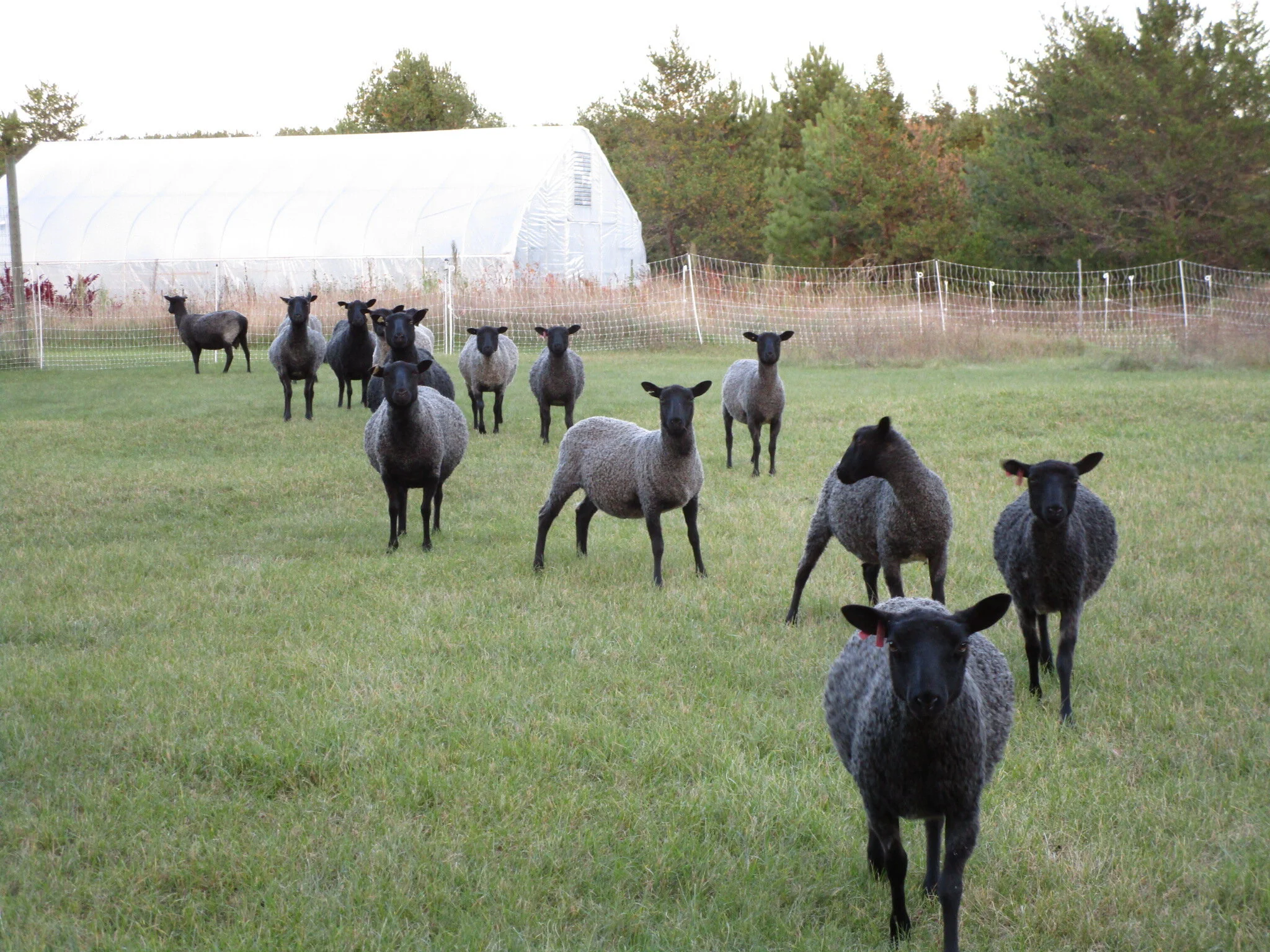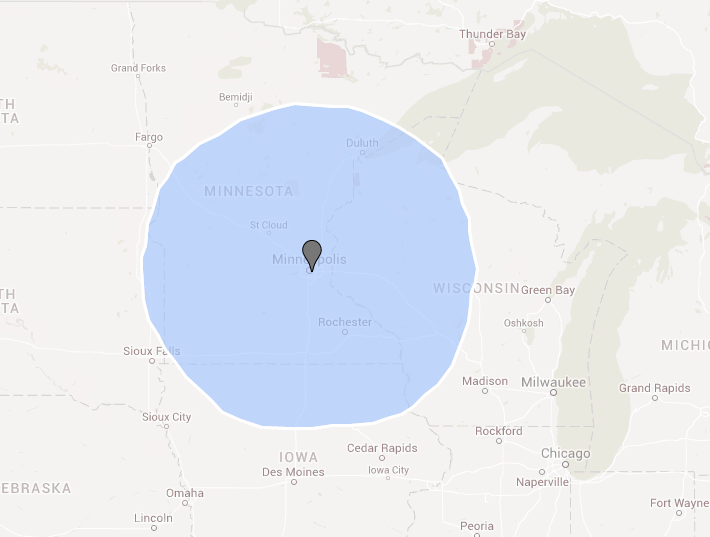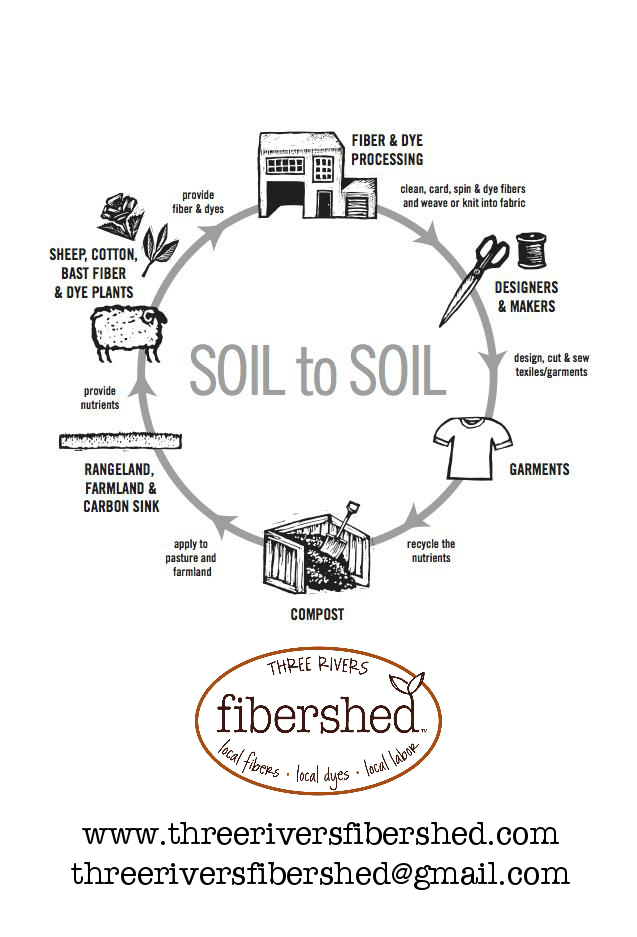Steward Spotlight #3: Autumn Larch Farm LLC
How did you get into farming and what age did you decide you wanted to live on a farm?
When my then fiancé, now husband, Chris moved to Chicago to be with me, he made me promise that our time there was temporary. As an aside, he enjoyed that time much more than he expected :), but we set a time-frame of three years and started looking for a location to move to in Northern WI. We found a 40 acre site in Ogema, WI with a small home and I began to think about how we should make the best use of our new property. I started by growing a market garden. Then I got egg layers and meat chickens. In 2009, I started to keep feeder lambs (born elsewhere and raised here for meat). In 2012 I got my breeding stock and began to lamb here on the farm. I was 36 when I moved to the farm and 45 when I got sheep. I hadn't always thought about being a farmer. But, it was funny that when I was going through some papers a number of years ago, I found an aptitude test that I had taken when I was working in Chicago and I scored really highly on agriculture. Who knows, maybe that stayed in my subconscious and helped to steer me towards this lifestyle.
What made you want to have fiber animals?
My grandma taught me to knit when I was really, really little - like 4 or 5 years old and I learned early on that I loved to work with my hands. Getting fiber animals was just working closer and closer to the source of fiber for my love of fiber arts.
What surprised you the most about raising fiber animals?
How smart and observant farmers/livestock producers have to be to care for their animals well and make a living off their vocation.
Tell us something unique about your breed of fiber animal.
Coopworth sheep are a relatively new breed, having been developed in New Zealand in the 1950's by crossing Border Leicester and Romney sheep. Romeldale CVM are one of the few, or maybe the only breed of sheep that actually get finer fiber as they get older rather than coarser fiber as is the norm.
From a farming/shepherding perspective, what are you most proud of?
That I have figured out ways to successfully tackle the challenges that the climate, the unique characteristics of my piece of land and the animals themselves have dished out.
What does a typical day on the farm look like for you?
I get up and do a quick meditation, have a little breakfast, feed the dogs and cat and then head out to feed the sheep and ducks. In the winter that means sliding the haysled out to the sheep loaded with hay and water and in the summer that means hauling water and setting up fence to give the sheep a new patch of pasture to work on for the day. Each day is different, which I love, but a typical pattern develops that involves answering e-mails, weeding in the garden, deciding what to harvest, whether to start something in the dye-vat or skirt a fleece or card some wool for dryer balls or make a batch of soap. The weather plays into every decision and can short circuit a plan in an instant. I usually have something fermenting - kombucha all the time, and yogurt, sauerkraut, indigo (not with success, yet), suint, etc. If I'm fortunate, I have a package or packages to send out from online orders. There is usually some updating to do on my online store or blog and I try to update my Instagram feed regularly. I coordinate a fiber guild and a knitting group that each meet monthly and I like to continually learn more through webinars, reading and conferences. A little break for teatime in the afternoon is important to us. It is a rewarding lifestyle with lots of time outside and flexibility to change direction when an opportunity presents itself. Life on a farm definitely doesn't allow time to be bored!
What made you want to be a part of the Three Rivers Fibershed?
I was searching for ways to market my wool and came across an opportunity to attend a producer workshop being hosted by the Three Rivers Fibershed. I was thrilled with the opportunity to learn alongside other producers facing similar challenges and opportunities. I love the constraints of local fiber, local labor and local dye and the sustainability/regenerative agriculture ethic of Fibershed. I'm grateful for the education and co-promotion that Three Rivers Fibershed can provide to benefit all the member producers.
Where can we find your product?
Here on the farm, at various fiber festivals and online here.
Favorite fiber arts activity?
I love to spin, but knitting is definitely my all-time favorite!
Favorite color?
Midnight Blue
Introvert, extrovert or somewhere in the middle?
I guess I'm a gregarious introvert.
Anything else you want us to know?
I hope to meet all of you face to face one of these days! In the meantime, I'm really looking forward to visiting with you all on Instagram, etc.
All photos courtesy of Autumn Larch Farm LLC







































